Solar Power
[ad] Empty ad slot (#1)!
More and more people are turning to solar power for solutions to both environmental and economic problems. The sun, after all, produces a clean and unlimited source of energy that CAN be harnessed.
Currently the vast majority of the world uses non-renewable and dangerous energy sources for electricity such as fossil fuels and nuclear energy. Nuclear energy for instance uses uranium which is very radio-active as well as non-renewable, while burning fossil fuels for energy releases harmful toxins into the environment which contributes to global warming, fossil fuels are also a very limited resource which is fast becoming depleted.
The sun produces enough energy in a single day to power every single home and business on the planet for a year! That is a lot of power and this is unlimited power unlike the sources we are currently using.
What is solar power?
To put it simply, solar power is the energy that is given off by our sun. The term solar power is also used to describe the means by which sunlight is converted into electricity either indirectly using concentrated solar power or directly using photovoltaic solar panels.
Because the sun can produce enough electricity in a day to power the entire world for a year, science is trying to find ways to increase the efficiency of the current ways in which collection of the sun’s energies is accomplished. Currently solar energy is seen as inefficient; although many take the stand that inefficient is better than not at all. Today’s experts estimate that the world will be out of resources to produce electricity in about 100 years or less at the going rate of consumption. With the advance in technology we see today it will just be a matter of time before we will all carry a portable solar charger for our portable gadgets.
There are two ways in which we receive energy from the sun, thermal and electric. We are going to look more closely at electric energy.
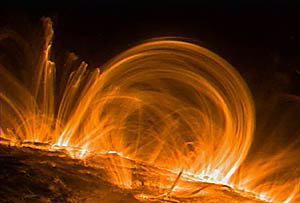 History of solar power
History of solar power
Most of us are under the mistaken impression that solar power is a new concept. That assumption could not be further from the truth. The use of solar power for energy can actually be traced as far back as 400BC when both Native Americans and ancient Grecians would build their homes into the hills sides in order to take advantage of heat from the sun. Even the ancient Romans got into the spirit by creating glass and glass houses to store the heat from the sun for growing plants.
Although many people all over the world were benefiting from solar produced light and heat, the first solar collector was not built until 1776. In 1776 a man by the name of Horace de Saussare wowed the scientific community with a cone shaped solar energy collector that could boil ammonia and perform small feats of locomotion and refrigeration.
In 1861, Auguste Mouchout used solar energy to power a steam engine. The invention was exciting but useless as it simply cost too much to produce and maintain, so solar power was put on the back burner for a few years. Then in the 1880s the first photovoltaic cells were produced. Photovoltaic cells convert light into energy and are what is known as solar panels today.
The first photovoltaic cells were really not all that efficient and could only convert about 1% of the energy collected into power, but in 1954 Bell Laboratories were able to create the panels that are still in use today. These panels can produce up to 1 watt of power on a bright sunny day, still inefficient but much better than the first ones. Currently solar panels can collect and convert 30% of the sunlight that they collect.
How is solar power used?
There are three ways in which you, the consumer can apply solar energy to your needs, stand-alone, grid-connected or back up.
Standalone Solar Power System
A standalone solar power system is a system where solar power is the only source of electricity. Sometimes these systems are set in place due to the distance of the electrical need to the nearest electrical grid and sometimes it is because the owner prefers to “go offline” and totally “green” with his or her power consumption.
With a standalone solar power system any excess electricity that is produced is stored in solar batteries for use when the sun is unavailable such as when it is cloudy, raining or at night.
Grid connected
Most people who choose to go with a solar power solution choose to do so with a grid-connected system. A grid-connected system is a solar power system where the home is still connected to the local electrical utility but uses solar power for much if not all of the home’s electrical needs.
The way a grid connected system is set up is electricity is supplied first by the solar panels, then by the solar batteries and lastly by the grid if more power is needed.
Back up
Some people prefer to use solar power as a back up source of electricity in areas where the local power grid is unreliable. These smaller solar power systems are generally set up in order to run appliances and lighting during black outs.
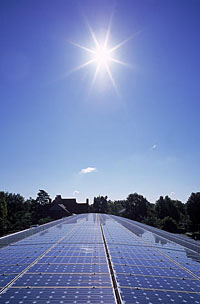 Solar power today
Solar power today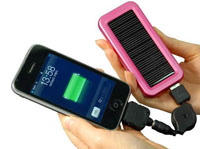 Portable solar battery charger for cell phone
Portable solar battery charger for cell phone Solar plants
Solar plants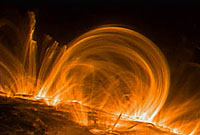 Solar energy
Solar energy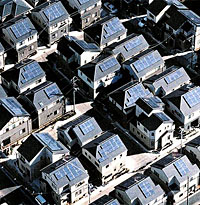 Solar panels for houses
Solar panels for houses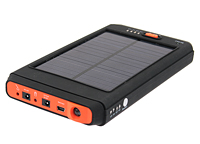 Portable solar charger for laptop
Portable solar charger for laptop